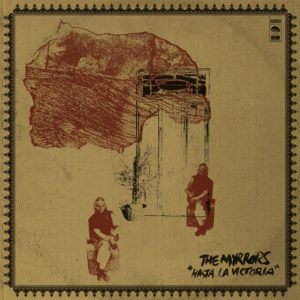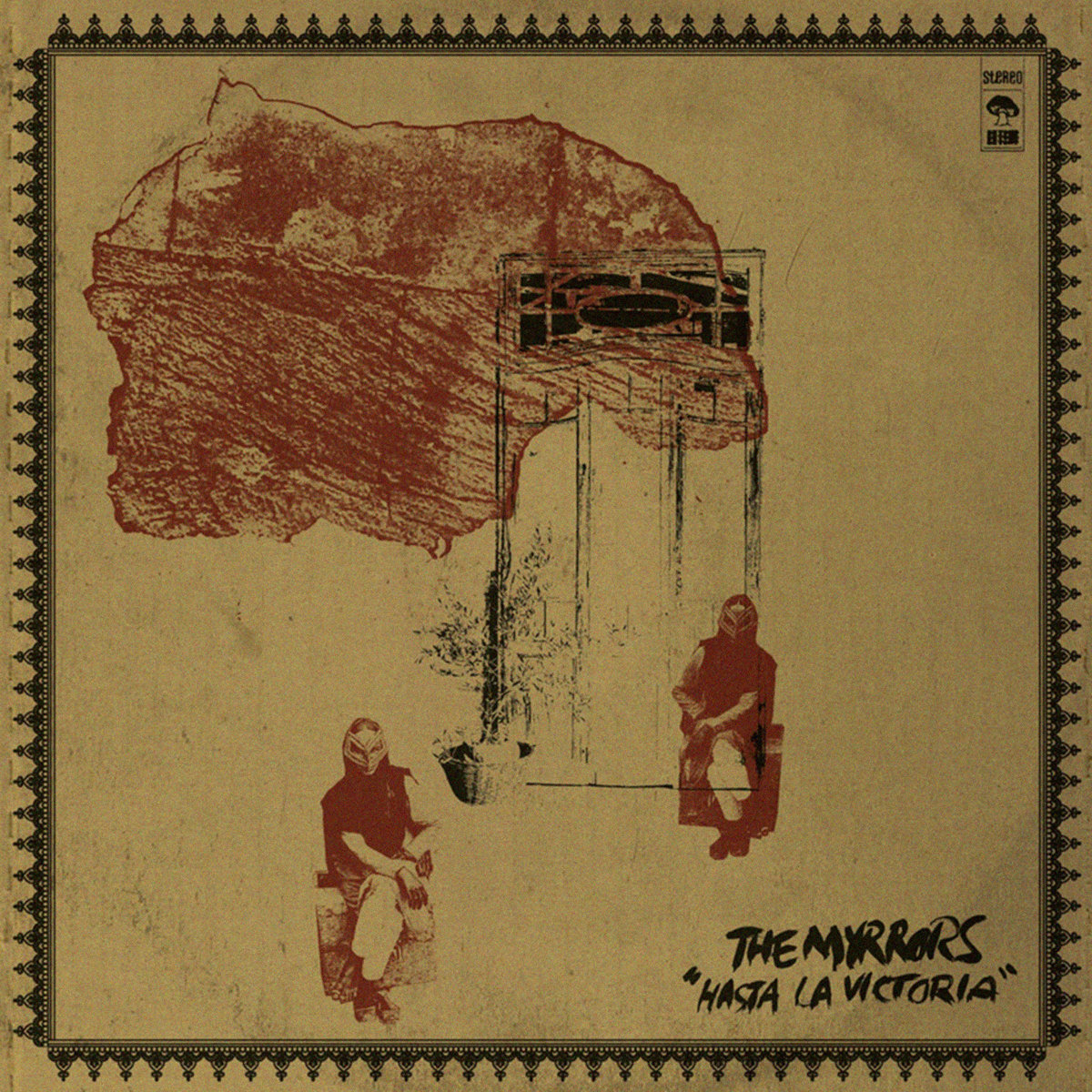 The Myrrors
The Myrrors
Hasta La Victoria
BEYOND BEYOND IS BEYOND
7/10
I’m not sure what, precisely, The Myrrors are getting at with their new album Hasta La Victoria, but I’m certain that there is very little music being made in the United States right now that sounds anything like it. It is music that would seem to be outwardly political—we’re talking about a quartet of musicians creating ecstatic drones out of Afghani instruments mere miles from the Mexican border in the Arizona desert, after all—but that doesn’t concern itself with questions of policy, or even of morality. Those details might suggest a certain kind of tired hippie escapism, or a softly new-age sense of inner questing, and, sure, both of those spirits settle over Hasta La Victoria on occasion. But like Jonny Greenwood and Shye Ben Tzur’s excellent Junun, this is music that uses rhythm and repetition—and strategic departures from both—as ways of generating and shaping power; it is a suggestion of community.
You can hear it in the way the bass and drums knock the title track out of its loop six minutes in, or in the lurching squawk of “Organ Mantra,” whose subtle phasing suggests Steve Reich sitting cross-legged at table with Terry Riley. “Somos La Resistencia” nicks a bit of Godspeed You! Black Emperor’s Morricone nicking, though here it’s done via a gallumphing sax and a splashing set of cymbals that sound like they’ve been hanging from a ceiling in anticipation. Things rarely get wild here; the thrills don’t come when order erupts into chaos but when one form of order gives way to another.
Which seems like the kind of insight you’d have to retreat to the desert to find—the notion that the world might flow and evolve so cleanly. It doesn’t, of course—at least, not at the moment—but then again, the world seems to have to exist in images before it can exist in itself. In an era both defined and delineated by assumptions, Hasta La Victoria suggests that patient listening might be the strongest act of resistance we’ve got.







